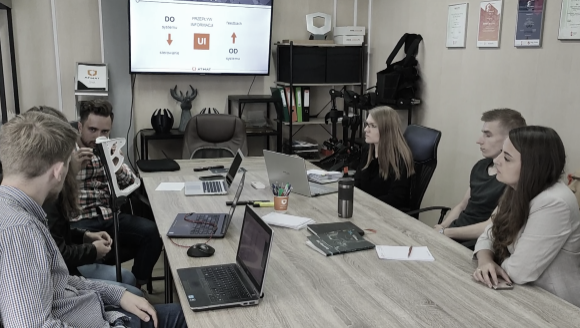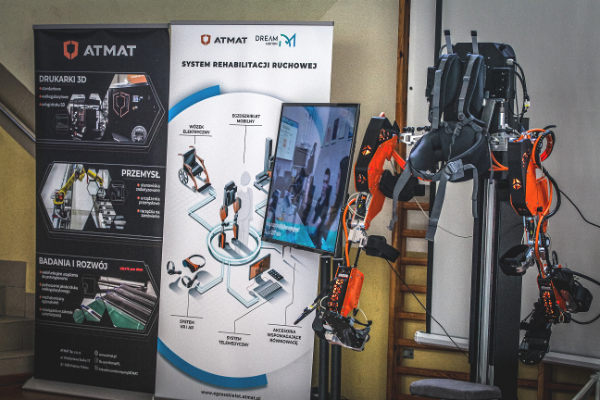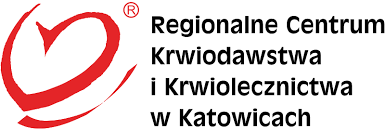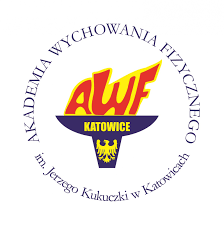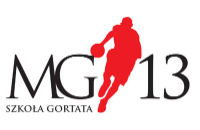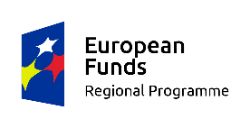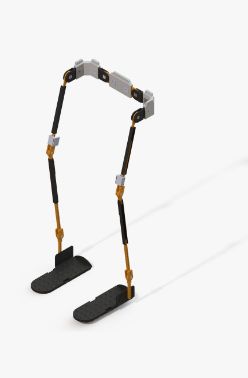
15 %
of people worldwide are disabled
6 million
disabled people live in Poland
33 %
of the disabled in Poland have insufficient access to rehabilitation
200 000
children under 15 have difficulties in functioning
ABOUT THE PROJECT
MULTIDIMENTIONAL REHABILITATION SYSTEM
Motion disability leads not only to exclusion from many activities, but most of all it has negative impact on every aspect of life - physiological, psychological, social and professional. The goal of this project is to create a new dimension of comprehensive rehabilitation, aimed at every patient with a movement deficit.
REHABILITATION IN HOME AND CLINICAL CONDITIONS
The technology includes all the necessary tools for re-learning of walking. Personalization of therapy, intelligent solutions and an advanced telemedic system increase the possibilities of currently conducted and available rehabilitation practices.
PEOPLE WITH MOTION DISABILITY
The exoskeleton, together with supportive accessories, can be used by patients at home and outside of it not only as a rehabilitation device. It allows efficient movement in standing position, increasing the independence and freedom of the User.
MEDICAL OFFICES
The project involves equipping medical offices with modern tools for physical rehabilitation. Thanks to the advanced telemedic system and virtual and augmented realities, it supports doctors and physiotherapists in planning of re-learning to walk therapy and controlling and analyzing the progress of rehabilitation.
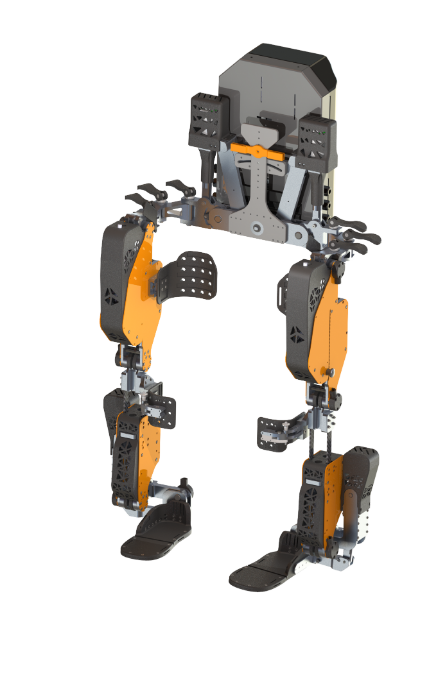
MULTIDIMENTIONAL REHABILITATION SYSTEM



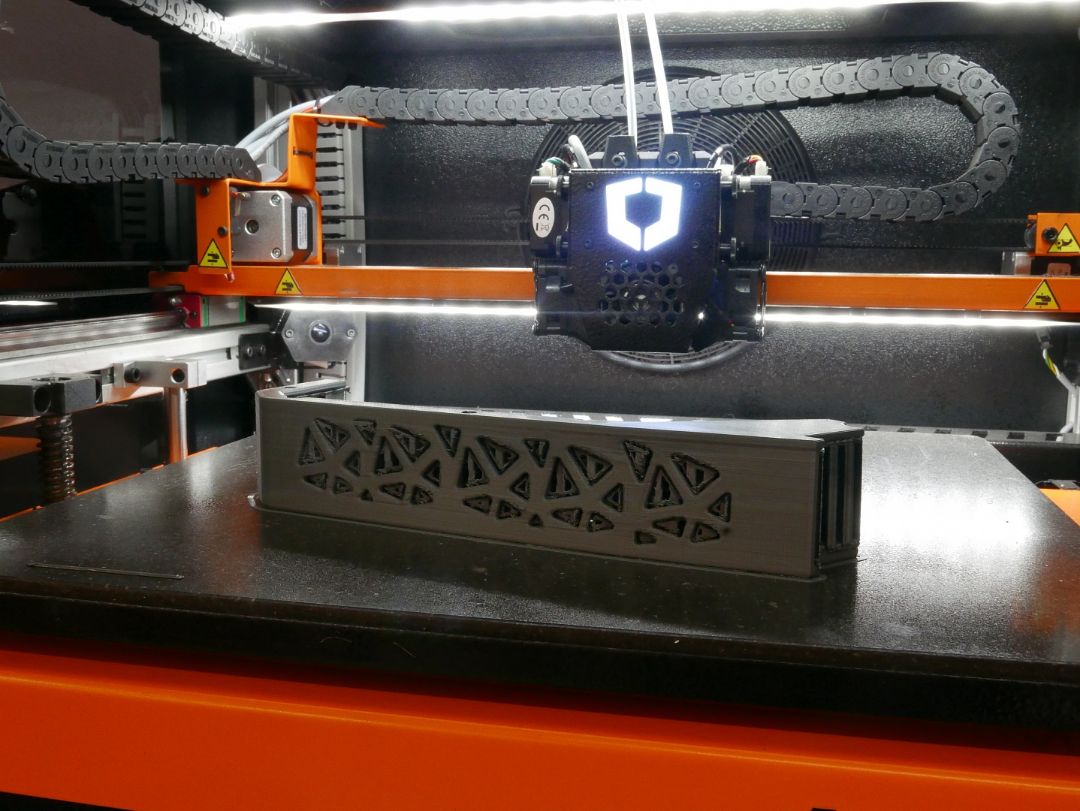
THE LEVEL OF IMPLEMENTATION
PROJECT STAGES
The development of a modern mechatronic technology for people with a walking deficit is carried out in four key stages.

DESIGNING

PROGRAMMING
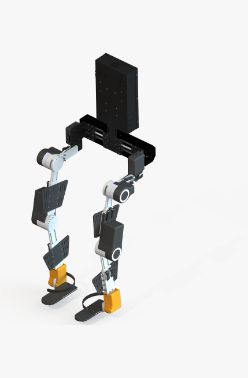
EQUIPMENT

TESTING
ARTICLES
LATEST INFORMATION
ABOUT THE PROJECT
OPINIONS ABOUT THE PROJECT
INSTITUTIONAL SUPPORT
PARTNERS
"DreamMotion - development of innovative mechatronic technologies for the rehabilitation of people with severe dysfunctions of the nervous system".
The subject of this project is the work aimed at developing innovative tools enabling continuous physical rehabilitation of children and adults in both clinical and home conditions. The main goal is to create key components and a new type of software that will improve work with people suffering from diseases that disrupt the ability to move through dysfunctions of the nervous system.
The project is co-financed by the European Regional Development Fund under the Smart Growth Operational Program 2014-2020
01.07.2017 - 31.08.2020
4 983 574,40 PLN
3 803 730,88 PLN
POIR.01.01.01-00-0028/17-00
© 2020 All rights reserved.
